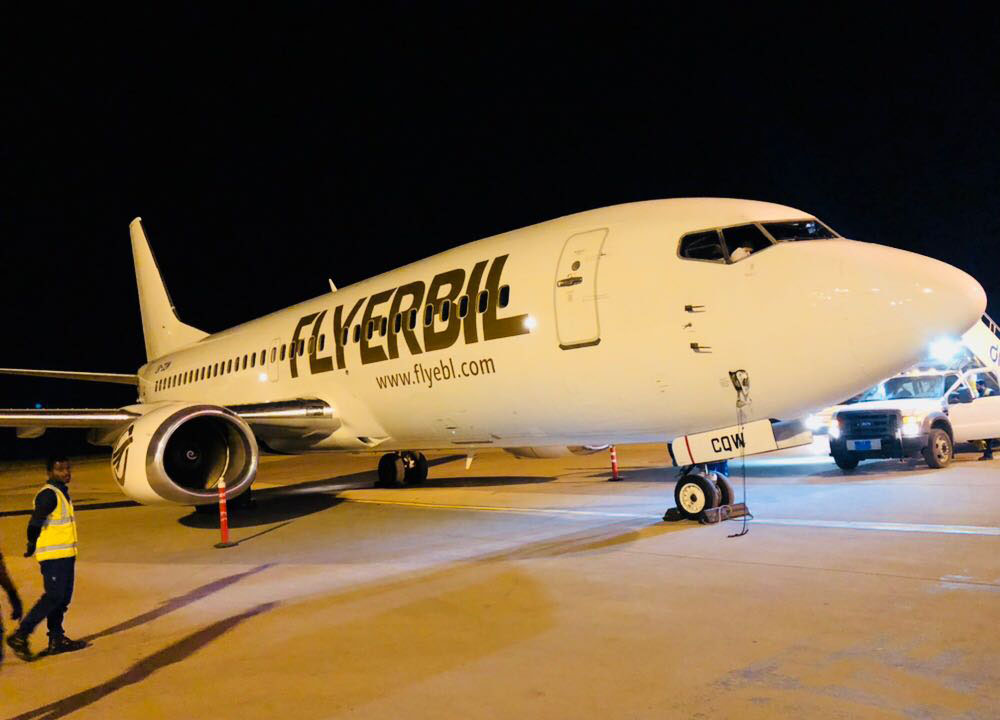Las Vegas Airport Safety: FAA Collision Risk Assessment Underway

Table of Contents
The FAA's Collision Risk Assessment: What it Entails
The FAA's collision risk assessment at LAS is a thorough examination of various operational aspects aimed at improving runway safety and overall air traffic management. The scope of this FAA safety regulations review is extensive, encompassing:
- Runway procedures: Analyzing existing procedures for takeoff, landing, and taxiing, looking for potential points of conflict or inefficiency.
- Air traffic control systems: Evaluating the effectiveness of current air traffic control technologies and procedures in managing the high volume of air traffic at LAS.
- Weather patterns: Assessing the impact of weather conditions, including wind shear, low visibility, and other meteorological factors, on flight operations and safety.
- Airport infrastructure: Reviewing the physical layout of the airport, including runways, taxiways, and signage, to identify any potential design flaws or obstacles.
The FAA's methodology employs a multi-faceted approach, incorporating:
- Data analysis: Reviewing historical flight data, including near-miss incidents, to identify trends and patterns.
- Simulations: Using sophisticated computer simulations to model various scenarios and assess the potential for collisions under different conditions.
- On-site observations: Conducting on-site observations of air traffic control operations and flight procedures to gain a firsthand understanding of real-world conditions.
Specifics of the Assessment:
- Technologies being analyzed: Advanced radar systems, automated dependent surveillance-broadcast (ADS-B) technology, and other air traffic control technologies.
- Data being collected and analyzed: Flight track data, weather data, air traffic control communications, and pilot reports.
- Timeline for completion: The FAA has not yet publicly released a specific completion date for the assessment.
Potential Causes of Collision Risk at LAS
The perceived increase in collision risk at LAS is likely a complex issue stemming from multiple factors:
- Increased air traffic volume: LAS consistently ranks among the busiest airports in the US, leading to increased air traffic congestion, particularly during peak hours.
- Complex airspace: The airspace surrounding LAS is known for its complexity, with multiple intersecting flight paths and a high density of aircraft.
- Potential impact of weather conditions: Adverse weather conditions can significantly impact visibility and flight operations, increasing the risk of incidents. Weather-related delays further exacerbate congestion.
- Technological limitations or deficiencies: While LAS employs advanced technologies, potential limitations or deficiencies in existing systems might contribute to the perceived risk.
Safety Measures Currently in Place at Las Vegas Airport
Despite the challenges, LAS has implemented numerous safety measures and protocols to mitigate risks:
- Advanced air traffic control systems: LAS utilizes state-of-the-art air traffic control systems designed to manage the high volume of air traffic efficiently and safely.
- Emergency response procedures: Comprehensive emergency response plans are in place to handle a wide range of incidents, ensuring rapid and effective response in case of an accident.
- Pilot training and certification requirements: Pilots operating at LAS must meet stringent training and certification requirements to ensure their competence and proficiency.
- Regular safety audits and inspections: Regular safety audits and inspections are conducted to identify and address potential safety hazards. This includes airport security measures.
The Impact of the Assessment on Future Airport Operations
The FAA's assessment is expected to lead to significant improvements in Las Vegas airport safety and operational efficiency. Potential changes include:
- Potential upgrades to airport infrastructure: This might involve improvements to runway layouts, taxiways, and other airport facilities.
- Implementation of new technologies or procedures: The assessment may recommend the adoption of new technologies or procedures to enhance air traffic management and reduce collision risk.
- Revised air traffic management strategies: Changes to existing air traffic management strategies may be implemented to improve the flow of air traffic and reduce congestion.
- Enhanced training programs for airport personnel: Training programs for air traffic controllers, pilots, and other airport personnel may be enhanced to improve their skills and knowledge.
Ensuring Continued Safety at Las Vegas International Airport
The FAA's collision risk assessment at LAS underscores the ongoing commitment to prioritizing safety in air travel. The assessment's findings, coupled with the existing robust safety measures in place, will undoubtedly contribute to further enhancements in air traffic management and operational efficiency. By proactively addressing potential risks, the FAA and LAS authorities are striving to maintain the highest standards of safety for all passengers and personnel. To stay informed about updates on the assessment and Las Vegas airport safety initiatives, we encourage you to regularly check the FAA and LAS websites for official announcements. Stay informed about Las Vegas airport safety updates for continued peace of mind during your travels.

Featured Posts
-
 Pete Hegseth Trumps Messenger Despite The Signal App Debate
Apr 24, 2025
Pete Hegseth Trumps Messenger Despite The Signal App Debate
Apr 24, 2025 -
 Land Your Dream Private Credit Job 5 Dos And Don Ts To Follow
Apr 24, 2025
Land Your Dream Private Credit Job 5 Dos And Don Ts To Follow
Apr 24, 2025 -
 Nba All Star Weekend Herros 3 Point Triumph And Cavaliers Skills Challenge Win
Apr 24, 2025
Nba All Star Weekend Herros 3 Point Triumph And Cavaliers Skills Challenge Win
Apr 24, 2025 -
 Deportation Flights A New Revenue Stream For A Startup Airline
Apr 24, 2025
Deportation Flights A New Revenue Stream For A Startup Airline
Apr 24, 2025 -
 Canadas Conservatives Tax Cuts And Deficit Reduction Plan
Apr 24, 2025
Canadas Conservatives Tax Cuts And Deficit Reduction Plan
Apr 24, 2025
